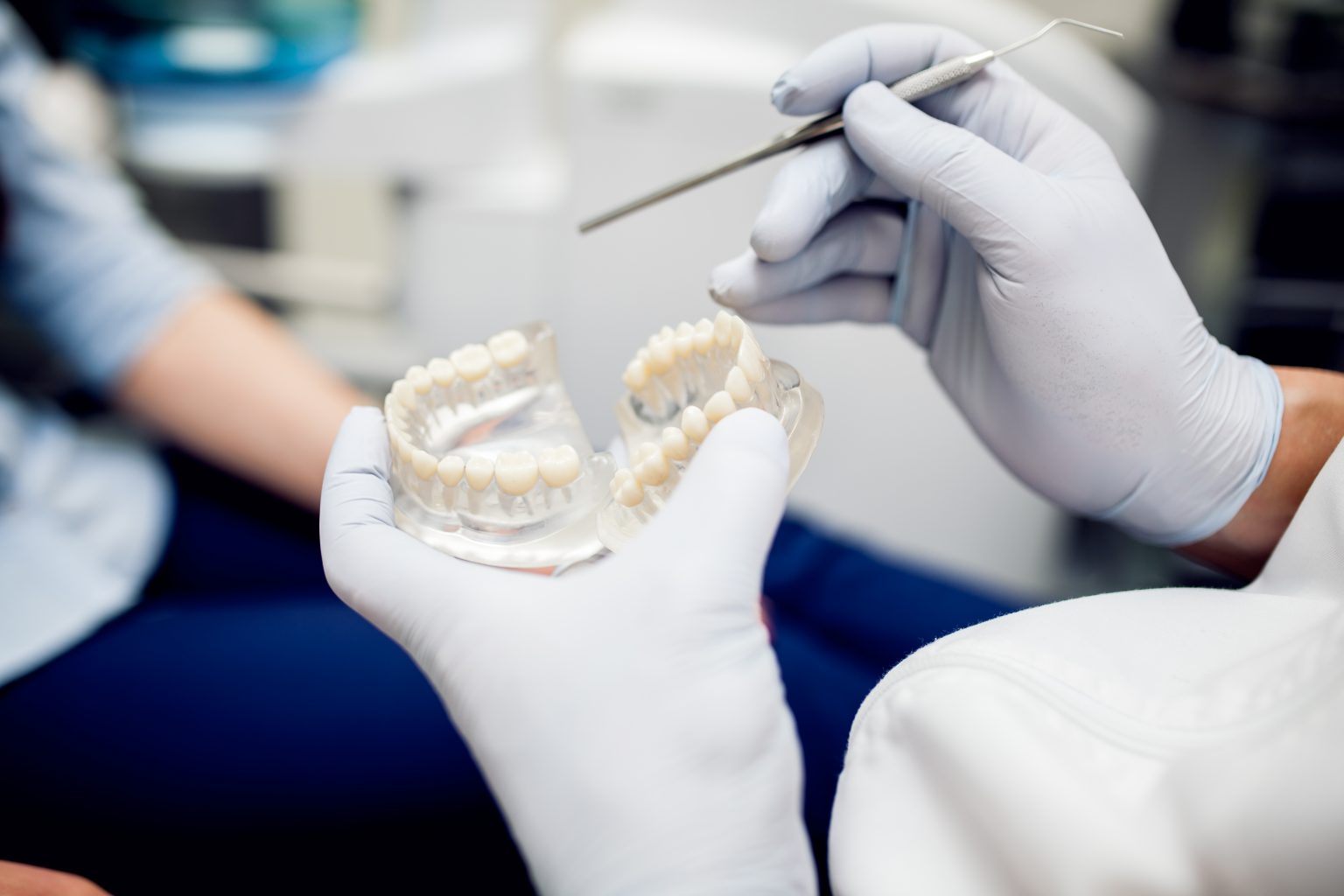Overview
The “gas the dentist uses,” also referred to as laughing gas or nitrous oxide, is a common sedative used in dentistry. It makes dental operations less stressful and uncomfortable, making the patient feel more at ease. The definition, operation, and safety considerations of the “gas they give you at the dentist” will all be covered in this article.
1: What Is the Gas the Dentist Gives You?
Nitrous oxide, a colorless and odorless gas that promotes relaxation, is utilized during dental treatments. It has relaxing effects without putting the patient to sleep when combined with oxygen and inhaled through a mask.
2. How Does Dental Nitrous Oxide Operate?
Because of its effects on the central nervous system, nitrous oxide slows down the body’s reaction time and promotes relaxation. Within a few minutes, the gas starts to work, reducing anxiety while keeping patients alert and aware. The effects of the gas wear off rapidly once the dentist stops giving it, helping patients to recuperate quickly.
3. Why Is Nitrous Oxide Used by Dentists?
- To Lessen Anxiety: It works well for people who are afraid or anxious about going to the dentist.
- To Reduce Discomfort: It makes patients feel more at ease during procedures, but it doesn’t dull pain.
- To Control Gag Reflex: It makes dental procedures easier for those with a severe gag reflex.
4. Is it safe to use nitrous oxide during dental procedures?
Indeed, one of the safest sedatives used in dentistry is nitrous oxide. The dosage is closely regulated by dentists, and the procedure’s results are tracked. There have been minimal recorded adverse effects, making it appropriate for both adults and children.
5. What Are the Typical Adverse Reactions to Nitrous Oxide?
Although most people can handle nitrous oxide successfully, some people may have mild adverse effects such headaches, nausea, or dizziness. As soon as the gas is turned off, these effects usually go away.
6. For whom is Nitrous Oxide Not Advisable During Dental Procedures?
Although it is generally safe, people with specific medical concerns, such as severe asthma, chronic obstructive pulmonary disease (COPD), or pregnant women, should talk about other sedative choices.Your dentist will review your medical history to ensure nitrous oxide is appropriate for you.
7. How Do I Get Ready for a Gas-Related Dental Appointment?
Usually, no particular preparation is required. To lower the chance of nausea, it is best to avoid eating a substantial meal right before the visit. Because the effects of nitrous oxide wear off rapidly, you can normally get back to your regular activities right away following the surgery.
In summary
Nitrous oxide—the “gas the dentist uses”—is a useful tool for keeping patients relaxed and at ease while receiving dental procedures. It is a reliable option for sedation in dentistry because of its rapid onset, few adverse effects, and simplicity of administration. You may make an informed choice regarding your dental treatment if you know what the “gas they give you at the dentist” does and its advantages.

